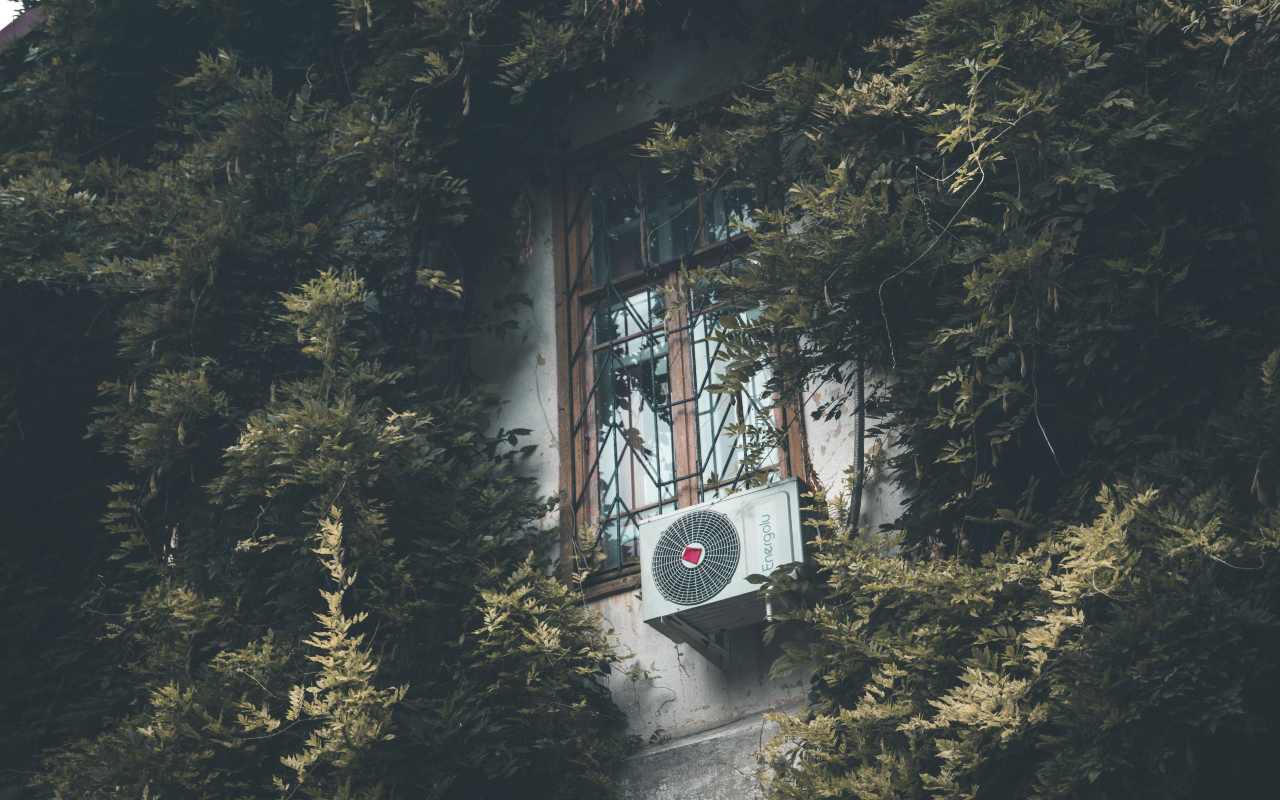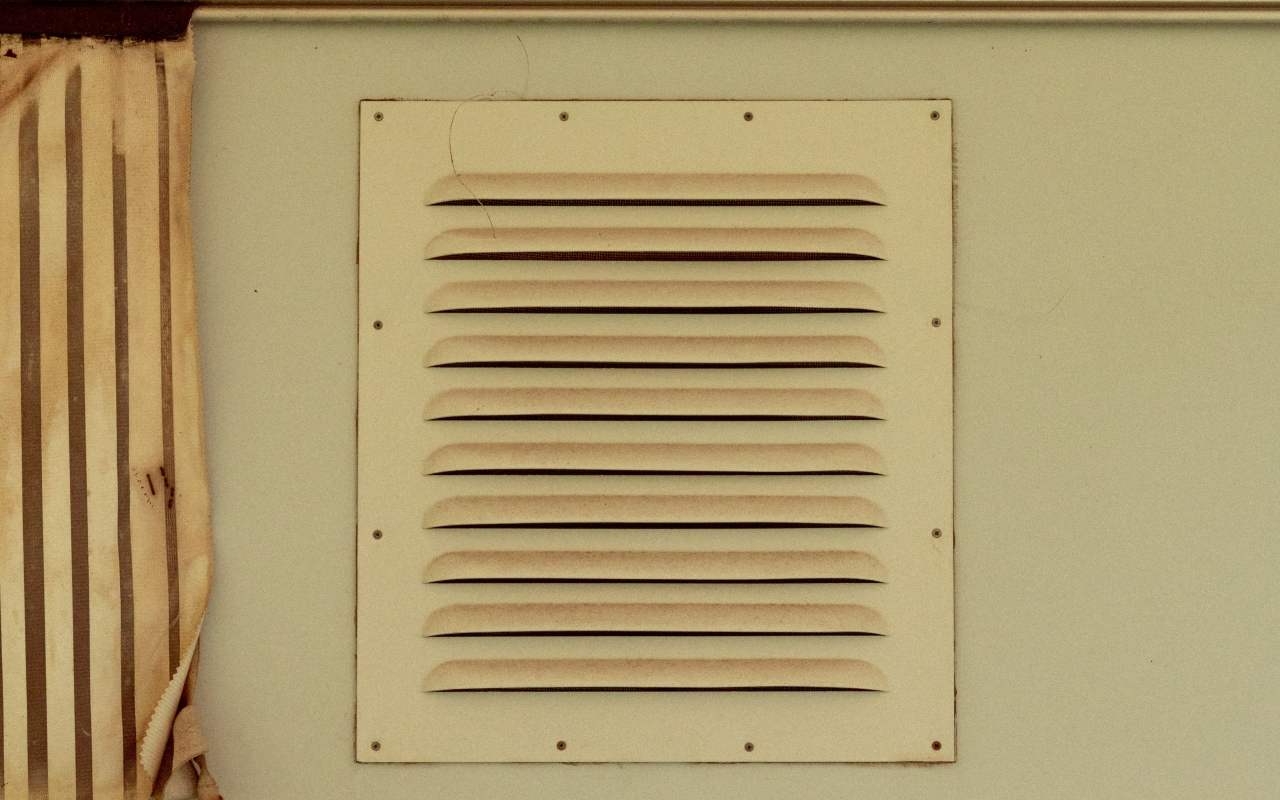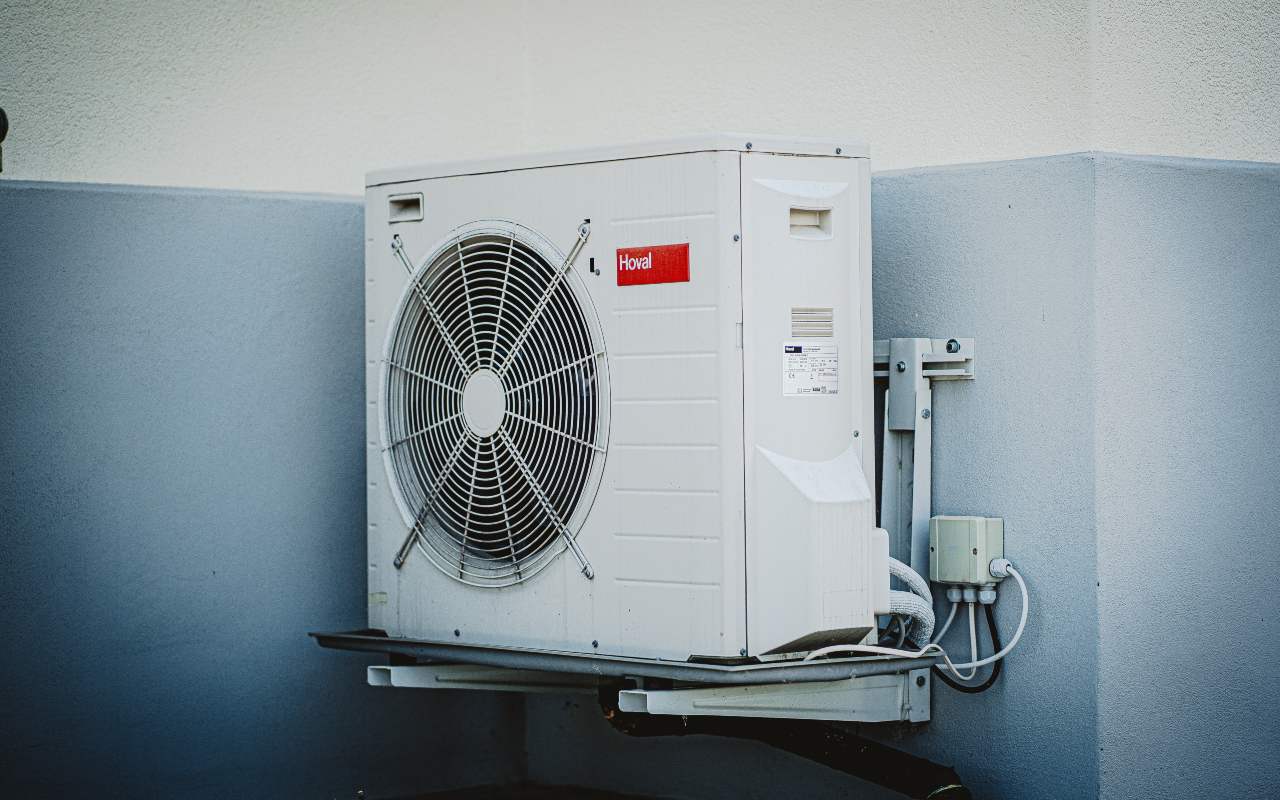
Mold in Air Ducts – Types and How to Get Rid of Mold in Air Ducts?
Mold in air ducts is an often overlooked issue that can considerably impact your indoor air quality and health. This common, yet dangerous inhabitant of your HVAC system comes in various types, each with its unique set of health implications. It is crucial to understand its presence, detect it early and know how to eliminate it in order to maintain a healthy indoor environment.
In this blog post, you will inform yourself about different types of mold, what are the symptoms of exposure, and you will discover potential strategies for mold removal and prevention.
We’ll also address key questions, such as can mold make you sick, what does mold smell like, and how to prevent mold in ducts. By comprehending the causes and consequences of mold in ducts, you can safeguard your home, and promote better health for you and your household members!
Can Mold Grow in Air Ducts?
The answer is yes, absolutely! Mold in AC ducts and air ducts has perfect conditions for growing. When dust and other organic materials accumulate inside ductwork and pair with the right amount of humidity, it creates the perfect breeding ground for mold spores to grow and thrive. This problem is especially common in areas where the ductwork may not be adequately insulated, leading to condensation inside the ducts.
How Common is Mold growth in Air Ducts?
While it’s challenging to quantify exactly how prevalent mold is in air ducts across all households and buildings, our experience is that this issue is rather common. If there is visible mold growth inside hard surface ducts or on other components of your heating and cooling system, that means the system is potentially contaminated.
Given the right conditions – excess moisture, suitable temperatures, and a food source, such as dust or dirt, mold can start to grow in air ducts within 24 to 48 hours. This means you need a duct cleaning service for regular maintenance and inspection of your HVAC system!

What Causes Mold in Ductwork?
The growth of mold is often triggered by a combination of factors. Primarily, it occurs when there’s an abundance of moisture, dust, or organic material, and a suitable temperature range. Mold spores are ubiquitous, floating in the air and settling on surfaces, including the inside of your ducts.
When the temperature is right, often between 77°F and 86°F, and there’s sufficient humidity, these spores can germinate. The dust and dirt that naturally accumulates in air ducts provide a suitable food source for the mold, allowing it to thrive and multiply.
Mold in ducts is often caused by excess moisture, which can result from leaky pipes, poor insulation, high indoor humidity, or recent water damage. This issue is further intensified by inadequate HVAC system maintenance and cleaning. Despite being common, mold growth in air ducts is preventable with proper care and attention.
Mold in AC Ducts – Can Mold in Air Vents Make You Sick?
Mold in AC ducts is not just an unsightly issue, but it’s a health concern too.
When mold grows within the ducts of your air conditioning system, it doesn’t stay confined there. As your AC operates, it circulates air throughout your home, potentially spreading mold spores throughout your indoor environment.
Mold can make you sick.
Exposure to these airborne mold spores can lead to a range of health issues. Symptoms of mold exposure can vary, ranging from minor allergic reactions like sneezing, coughing, and skin rashes, to more severe conditions such as chronic respiratory issues and, in rare cases, neurological problems. So how dangerous is mold in air vents? – it can be quite dangerous.
Individuals with pre-existing respiratory conditions, allergies, or weakened immune systems are particularly susceptible. So, detecting and dealing with mold in AC ducts is essential to maintain a healthy indoor environment!

Mold in Air Ducts Symptoms – How to Tell if Mold is in Air Ducts?
Identifying mold can be challenging due to its hidden nature. Still, there are symptoms and signs to watch out for.
Health symptoms related to mold exposure might include frequent allergic reactions such as sneezing, coughing, skin rashes, eye irritation, or more severe respiratory issues.
Physical signs within your home may also point toward a mold issue. If you notice a persistent musty or damp smell or visible signs of mold growth around vents, it’s a good indication that you might have mold in your air ducts.
These are the main symptoms of mold in ducts:
- Visible Mold Growth: You might notice dark spots around or directly inside the air vents.
- Musty or Moldy Smell: A strong, persistent musty or damp odor in your home, especially when the HVAC system is running.
- Frequent HVAC Issues: If your system requires frequent repairs or isn’t functioning as it should, it might be due to mold growth affecting its performance.
- Increased Humidity: Higher than usual indoor humidity can promote mold growth and might indicate existing mold in your air ducts.
- Condensation: If you notice condensation around your vents or HVAC system, it could be a sign of mold, as these conditions provide the moisture mold needs to grow.
- Discoloration or Staining: Unusual discoloration or stains around your air vents can be a sign of mold.
- Dust Accumulation: If dust accumulates quickly even after cleaning, it might be a sign of mold, as mold spores can bind with dust particles and spread through the air.
What Does Mold in Ducts Smell Like?
The distinct musty or damp odor produced by mold often serves as the first indication of how to tell if mold is in ducts. It’s not always localized and can permeate throughout the entire house when the HVAC system is running. If this scent persists, reaching out to our professional service for an odor kill and thorough air duct cleaning can be a productive step in handling the issue.
The characteristic smell, coupled with any of the previously mentioned symptoms, can suggest the presence of mold in your air ducts and call for immediate attention.

Types of Mold in Air Ducts
Several types of mold can take up residence in your air ducts. Understanding these different types can help you recognize and address the problem more effectively.
Cladosporium: This mold type can be found in both warm and cool environments, making air ducts an ideal place for it to grow. It typically appears as black, brown, or green spots.
Penicillium: Recognizable by its blue or green color, this type of mold can spread easily through the air and often grows on insulating materials.
Aspergillus: This is a common mold type that can appear in various colors. Aspergillus is typically more prevalent in climates with high humidity levels.
Stachybotrys Chartarum: Also known as “black mold”, it is one of the most dangerous types of mold that can be found in air ducts. It produces mycotoxins that can cause serious health issues.
These are just a few examples of what you might encounter. Proper identification is crucial for effective mold removal. Ensuring a safe and healthy environment.
Mold Removal in Air Ducts – How to Get Rid of Mold?
Addressing mold in your air ducts promptly is crucial to maintaining a healthy indoor environment. Mold removal is a multi-step process that usually begins with an inspection to identify the type and extent of the mold problem. Understanding how to remove mold in air vents can empower you during this process.
Before you begin the mold removal process, it’s necessary to correct any underlying issues that contributed to the mold growth, such as leaks or excessive humidity. Once these issues are resolved, our professional cleaning can commence. This typically involves a thorough cleaning of the air ducts using specialized equipment and biocides designed to kill mold.
Professional cleaning is the best solution since we have the appropriate tools and training to safely remove mold and prevent it from returning. Dryer vent cleaning will also help reduce the possibility of mold growth since they also need proper maintenance.

How to Prevent Mold in Air Vents?
Preventing mold is a matter of creating an environment unsuitable for mold growth. One of the most effective preventive measures is regular cleaning and maintenance of your HVAC system. This includes air ducts and components like dryer vents, which can become breeding grounds for mold if left unchecked.
For a higher level of protection, consider advanced solutions like electrostatic air filters. These innovative devices trap particulates and inhibit mold spore circulation, making them a valuable asset in maintaining clean, mold-free air ducts.
Controlling indoor humidity levels also plays a crucial role in deterring mold growth. Aim to maintain indoor humidity levels below 50%, achievable by using dehumidifiers or air conditioners, particularly during warmer months.
Yet another weapon in your mold prevention arsenal could be UV air sterilization. This cutting-edge technology uses ultraviolet light to kill mold spores and prevent their reproduction, providing an additional layer of protection against mold growth in your air ducts.
Remember, promoting good ventilation, promptly addressing any leaks or water damage, and ensuring proper insulation also contribute significantly to preventing mold. Regular professional inspections are beneficial too, facilitating early detection and resolution of potential problems. All these steps provide a solution to ‘how to treat mold in ducts’.
In conclusion, while mold spores are common in many environments, the answer to ‘is it normal to have mold in ducts’ is a firm ‘no.’ Recognizing mold signs early and implementing prompt treatment and prevention methods can help maintain a healthy, mold-free home environment.

